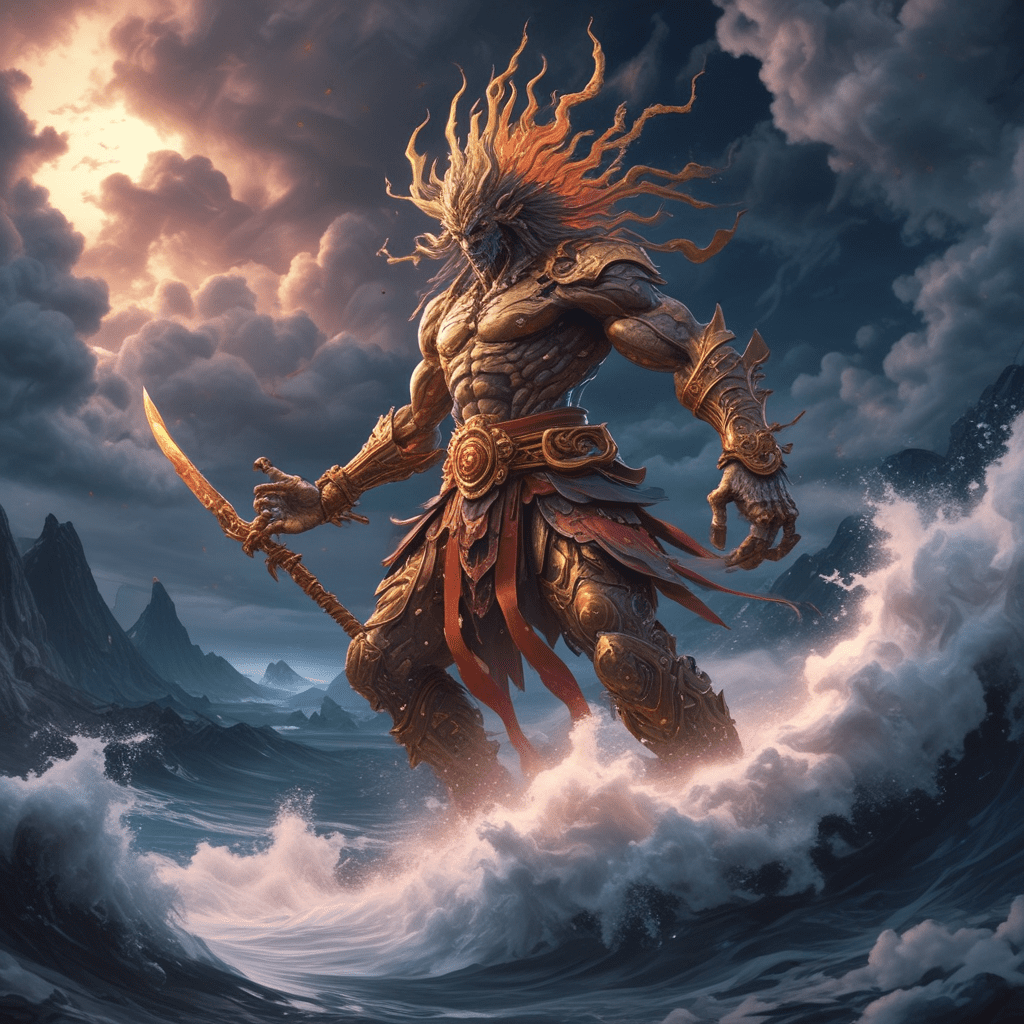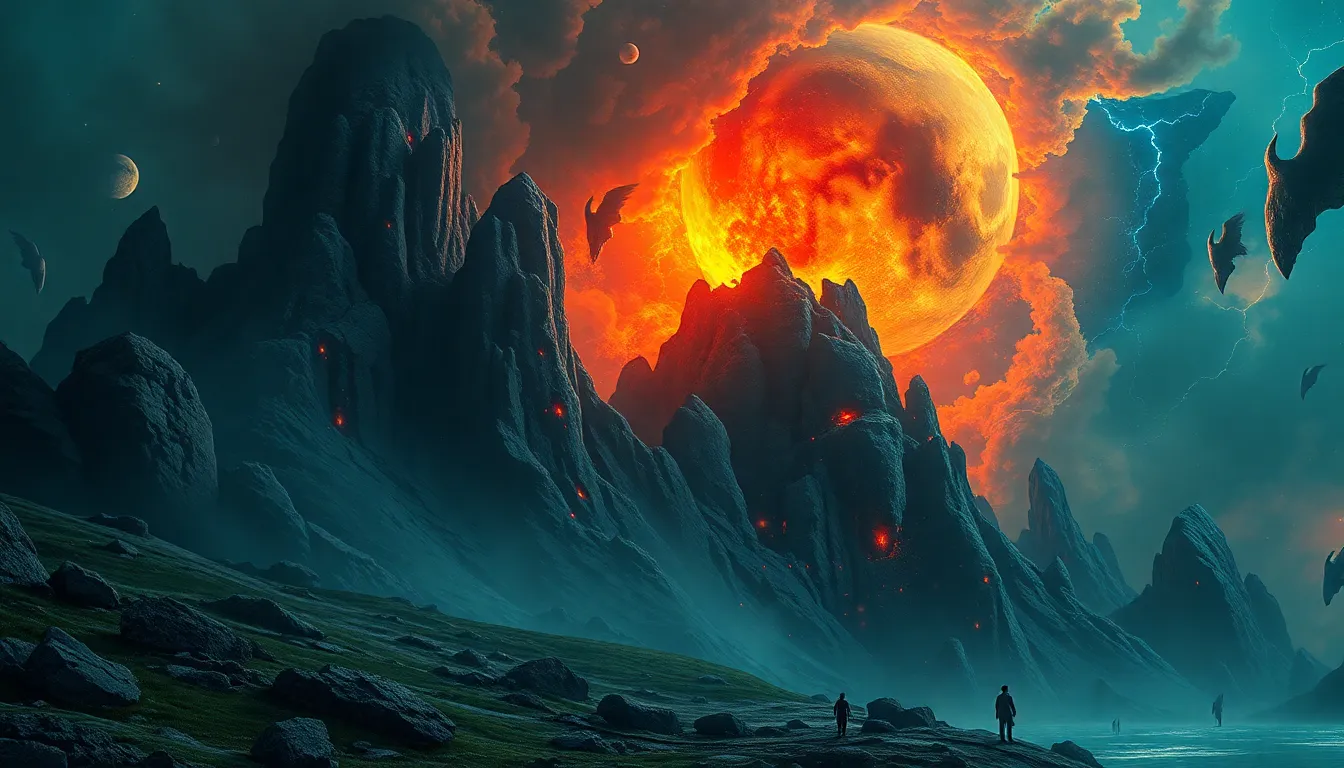Exploring the Legends of Susanoo: The Storm God in Japanese Mythology
In Japanese mythology, Susanoo, often known as Susanoo-no-Mikoto, is a powerful and sometimes tempestuous deity associated
with storms, the sea, and agriculture. Let’s delve into the fascinating legends surrounding Susanoo.
Who is Susanoo in Japanese Mythology?
Susanoo is one of the major Shinto gods and is known as the turbulent god of the sea and storms. He is considered to be the
brother of Amaterasu, the sun goddess, and Tsukuyomi, the moon god. Susanoo’s actions are often characterized by
conflict, bravery, and occasional strife.
What are Some Key Legends and Stories about Susanoo?
One of the most famous tales involving Susanoo is his slaying of the legendary eight-headed serpent, Yamata no Orochi,
to save a village. Another well-known legend depicts Susanoo’s banishment from heaven due to his mischievous and
disruptive behavior.
What Symbols and Attributes are Associated with Susanoo?
Susanoo is often depicted carrying a sword called the Totsuka-no-Tsurugi, often translated as the “Sword of Gathering
Clouds”. This sword is a potent symbol representing his role as a storm deity, capable of vanquishing evil forces.
What Lessons Can We Learn from Susanoo’s Stories?
The legends of Susanoo teach us about the consequences of impulsive and reckless behavior, the importance of courage
in facing challenges, and the potential for growth and redemption even after mistakes. Susanoo’s story is a
reminder of the complexities of human nature and the enduring power of myth and folklore.
Exploring the myths and legends of Susanoo offers a captivating insight into the rich tapestry of Japanese mythology, deepening our understanding of ancient beliefs and cultural heritage.
FAQ about Susanoo: The Storm God in Japanese Mythology
Who is Susanoo in Japanese mythology?
Susanoo is a powerful deity in Japanese mythology known as the Storm God. He is a key figure in Shinto beliefs, associated with the seas and storms.
What are some famous legends about Susanoo?
One of the most famous legends involving Susanoo is his battle with the Yamata no Orochi, an eight-headed serpent. He also played a significant role in the creation myth of Japan.
Why is Susanoo sometimes portrayed as a chaotic deity?
Susanoo is often depicted as a turbulent and unruly god due to his unpredictable nature and tendency to stir up storms and chaos. However, he also brings change and renewal.
What symbols are associated with Susanoo?
Susanoo is commonly linked to symbols such as the dragon, storm clouds, and the sea. These elements represent his role as a powerful and sometimes disruptive force in nature.
How does Susanoo’s story influence Japanese culture?
The tales of Susanoo have influenced various aspects of Japanese culture, including art, literature, and festivals. His stories symbolize the perpetual cycle of destruction and rebirth in nature.



